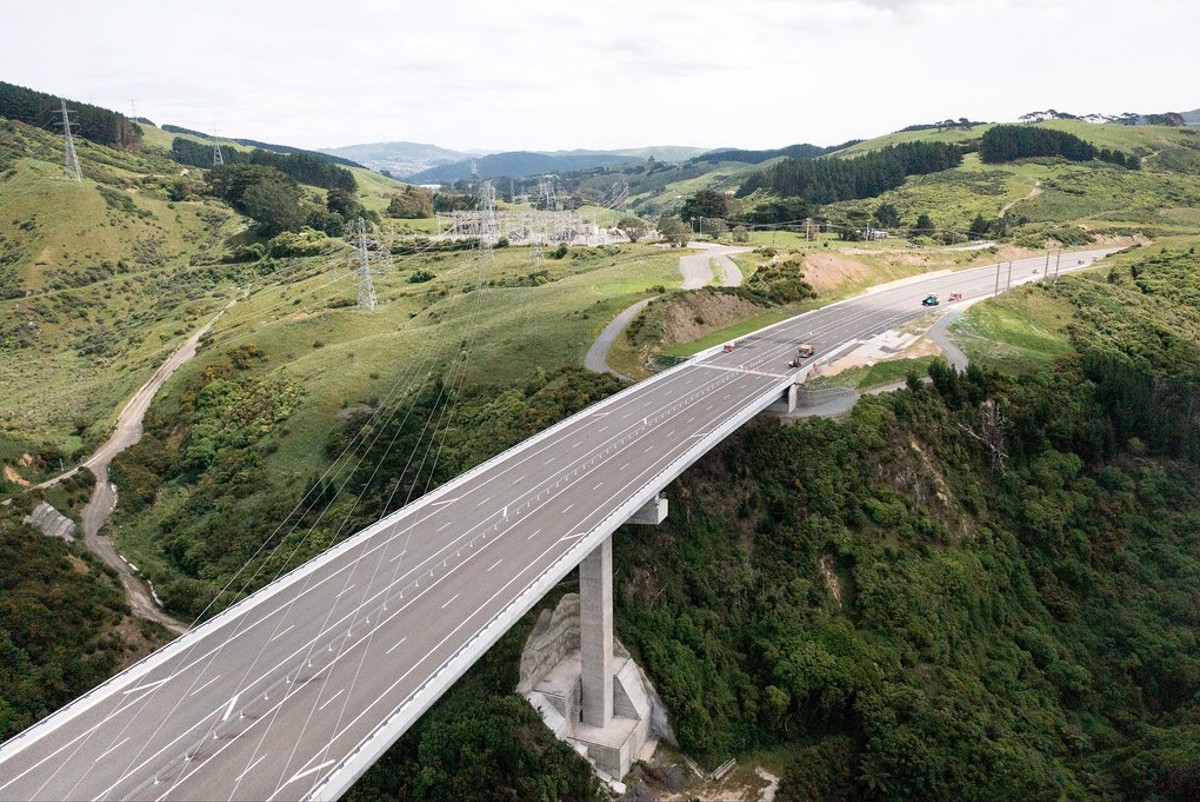Presentation to the Environment Select Committee on the Fast-track Approvals Bill
You can watch the presentation here (starts at 16.12).
As you will be aware from my written submission, I think one-stop-shop processes make sense.
As for fast-tracking processes, that too may be unobjectionable although I would note that no process should be lengthier than it needs to be. We should have the cost and time of any processes under permanent review.
The Bill’s most objectionable features lie elsewhere, and I want to underline two of them. The most important is the systematic attempt that has been made to exclude consideration of the risk of environmental harm at every turn. Let me remind you of just the main ones.
- The purpose of the Bill is limited exclusively to the delivery of infrastructure and development projects with significant national and regional benefits.
- The Minister for the Environment is excluded from the list of Ministers responsible for referring proposals to panels and ultimately considering their recommendations. She is not even among those from whom expert panels must invite comments.
- In determining whether projects should be referred to panels, there is no requirement for Ministers to consider the environmental harm that may be associated with those projects. As for the projects that will be listed, the criteria for choosing them are entirely unknown.
- Ministers are explicitly authorised to approve projects that would otherwise be prohibited or have been previously declined on environmental grounds.
- When making their recommendations to Ministers, expert panels are required to give priority to the purpose of the Bill which, as I’ve noted, is silent on environmental harm.
The Bill’s authors seem to have concluded that excessive concern for the environment is the problem. But no evidence has been provided to support that conclusion. Quite the opposite in fact. Fewer than 1% of all consent applications are declined. Even for more complex notified consent applications, only 7% are declined.
I would strongly recommend that the Committee requests the Infrastructure Commission to appear before you. You should ask the Commission if legislation that minimises regard for environmental impacts is what they need to expedite progress. I think you’ll learn quite a bit from them about ways processes can be improved and how a quantum leap is needed in our ability to quickly and easily access environmental information.
Projects approved under this Bill will likely be large and complex, causing long-term environmental effects, and in some cases, permanent harm to already threatened plants and animals, to water quality and exposing people to hazards.
Judge Laurie Newhook, speaking recently at the Environmental Policy and Law Reform Conference 2024, shared some of his firsthand experiences chairing fast-track panels and presiding at Environment Court hearings. He referred to the Eyre case which concerned an application for a very large above-ground water-storage dam in North Canterbury. About 200 homes were located downstream of the dam. Under this Bill they would have had no ability to participate in the process despite being in the flow path of any dam breach.
As it happens, the Kaikoura earthquake occurred during an adjournment in the hearings. That threw into sharp relief the risks at stake leading the parties and experts to come up with consent conditions that could address highly complex geotechnical, seismic and structural questions and provide for monitoring and failure detection systems, emergency action and evacuation plans and public liability insurance.
It seems an impossible proposition that this could have been resolved in 50 working days, and without extensive testing of expert evidence and conferencing involving some of Australasia’s foremost engineers and scientists.
Let me mention another example I have recently been made aware of. I was asked to take a look at flood modelling used for the Upper Hutt suburb of Pinehaven. I have concluded that it is out of date and should no longer be relied on. If a housing development were to be applied for under this Bill, it could be approved without waiting to update the modelling thereby placing existing houses downstream at increased flood risk. If all you have to focus on are the benefits of development and the process is all about speed, risks are going to be missed and there are going to be disasters.
At risk homeowners can at least go to the media even if they’re denied the right to participate. Wildlife can’t do that. Naturally, my principal concern is with the protection of what’s left of our natural environment. This is a bit different from the frictions that arise between property owners. Things like noise, odour, and visual effects can be very contentious and sometimes cause significant delay. They are important to the people affected, but they relate to private interests. The environment I am concerned about embraces resources that are publicly owned or affect the public at large. That brings me to my second point.
The resources I am talking about are not private property to be exchanged, improved or compromised for private benefit. They are public property for which Parliament is ultimately responsible and their use should offer public benefits. Previous Parliaments have decided that the best way to allocate access to public lands and marine space, to water, and to minerals, is to have arm’s length processes set out in laws that spell out the factors independent decision makers should have regard to.
This Bill not only dramatically shrinks consideration of the environmental impacts of developments. It hands decisions on resource allocation to Ministers without a transparent evaluation of costs and benefits. The Committee needs to consider whether it is prepared to recommend that Parliament should hand the power to allocate public resources directly to members of the Executive and to do so having eliminated the public’s right to have a say about resources they own. In this sense, the Bill raises issues that are constitutional in nature.
I would invite you to study carefully the first annex to my written submission. It is a table which compares this Bill with all the previous attempts to fast-track planning processes. This Bill goes far further than previous statutes in the speed of the process, limiting access to it and restricting the extent to which the environment can be a consideration. And that includes the much-maligned National Development Act.
My submission does not address in detail the way in which the Bill truncates statutes such as the Conservation Act. There’s a great deal of detail in the schedules to the Bill that needs very close examination. I encourage you to examine Forest and Bird’s analysis forensically and take their recommendations seriously.
The two principal concerns I have outlined lead me to recommend that the following amendments, at a minimum, are needed if the environment is even going to make it onto the radar screen. They are, in order of importance:
- Make it clear that the quality of the environment is an important boundary condition both for entry into the process and any recommendations to proceed with projects. This needs to be reflected in the purpose clause of the Bill.
- Provide a role for the Minister for the Environment both in respect of entry into the fast track, the right to be invited to comment by expert panels and as a final decision maker.
- Limit eligibility to projects that are likely to deliver high levels of public benefit (as distinct from private benefit), exclude those that have previously been declined, and devise a means to allow public input to panels by organisations representing the public interest.
- Leave the final decision to approve projects with the expert panel that assesses them.
These recommendations would improve the Bill. But it is not a Bill that I would have written. The sooner we can get down to the announced review of the resource management system, the better. Law in this space cuts across every property right in the land, the interests of Māori and resources that are commonly owned by all New Zealanders.
We need a durable, statutory solution to managing it all that enjoys a high level of public confidence and provides a settled foundation for businesses and investors. This is bedrock law that shouldn’t be subject to the politics of the moment.


